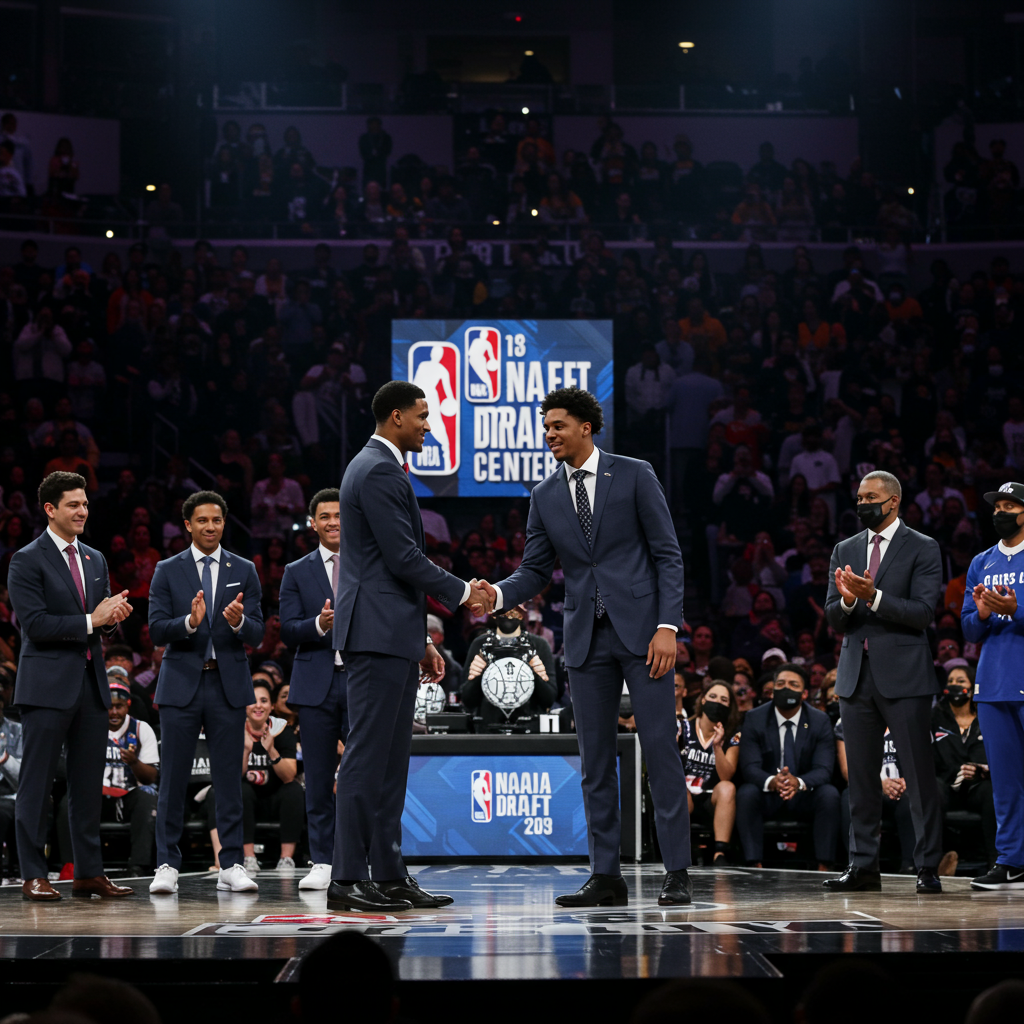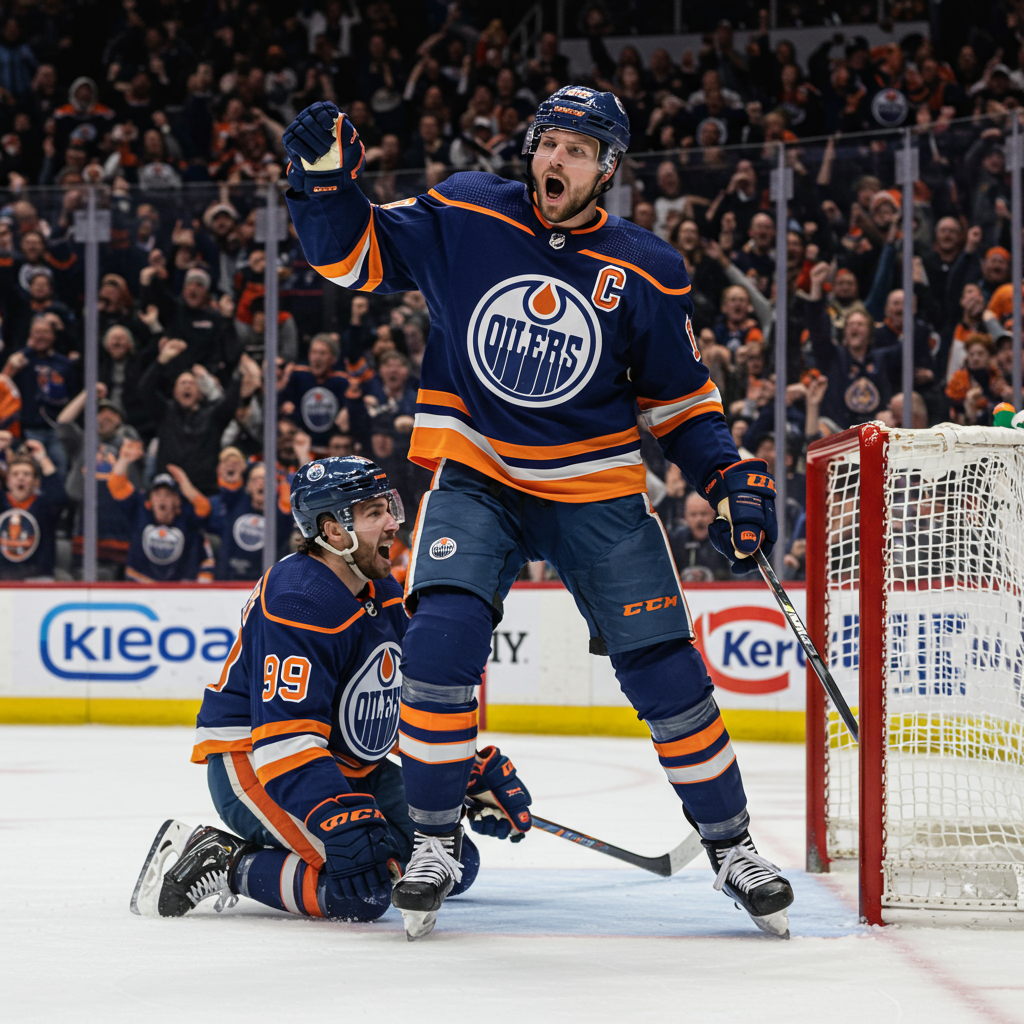The final buzzer has sounded on the 2025 NBA Draft, concluding a two-day event marked by the usual high-stakes selections, surprising picks, and a dizzying number of trades, especially in the later rounds. Indeed, a remarkable 44 of the final 47 picks exchanged hands at least once. While the top prospects dominated headlines, the real intrigue often lies in the strategic decisions made throughout the draft – the moves that shape rosters, impact future assets, and sometimes leave analysts scratching their heads.
As the dust settles, it’s time to sort through the outcomes, analyzing the notable decisions that didn’t grab the top spots but significantly influenced the league’s landscape. Here’s a breakdown of the best, worst, and downright weirdest moves from the 2025 NBA Draft.
The Hardest Swallows: Questionable Asset Management & Gambles
Some draft moves carry such significant risk or involve such questionable asset allocation that they immediately raise red flags.
The Pelicans’ Costly Leap for Queen
Widely viewed as potentially the most concerning move of the entire draft, the New Orleans Pelicans’ decision to trade a likely future lottery pick (the better of their or Milwaukee’s unprotected 2026 first-rounders) to Atlanta to move up from pick No. 23 to No. 13 for Derik Queen is a head-scratcher from an asset management perspective. While Queen may develop into a productive player, the immense value surrendered for a modest ten-spot jump in a draft where value can be uncertain is a historical gamble.
Compared to past blunders, this move echoes infamous moments like the 1995 Clippers trading the No. 2 pick (Antonio McDyess) down to No. 15 for Rodney Rogers or the 2009 Wizards dealing the No. 6 pick (missing out on Stephen Curry) for Mike Miller and Randy Foye. It distinguishes itself from trades that turned sour due to player evaluation misses (like Tatum vs. Fultz or Dirk vs. Traylor); instead, it represents a significant waste of a highly valuable future asset for an extremely uncertain return right now. It’s the kind of decision that can haunt a franchise for years.
The Mystery of the Undone Deals
The Pelicans’ desperate pursuit of Queen raises another fascinating question: was that same valuable future lottery pick offered to teams picking between 8 and 12 before New Orleans connected with Atlanta at 13? It seems they called multiple teams. Did other teams value their chosen players (like Toronto with Collin Murray-Boyles or Portland with their planned trade-down) over that potential lottery asset? Or did the Pelicans feel pressured to sweeten the deal as they moved down the board? The outcomes of deals not made can be as telling as the ones completed, and this unanswered question adds a layer of intrigue to the Pelicans’ aggressive ascent.
Portland’s Gamble on Yang Hansen
The Portland Trail Blazers executed a savvy trade by moving down just five spots from No. 11 to No. 16 while netting an unprotected future first-round pick and two future second-rounders. Collecting that kind of asset haul while still landing their “guy,” Yang Hansen, seems like a win on paper.
However, the selection of Yang at No. 16 presents a significant risk, drawing comparisons to past international prospects who didn’t pan out as expected. While Yang impressed with flashy passes and a solid combine performance, his performance in the Chinese league wasn’t dominant. In a league where American players like Kenny Lofton Jr., Harry Giles, Tacko Fall, and T.J. Leaf consistently put up huge numbers, Yang was merely “solid.” This contrasts sharply with recent international success stories like Alperen Şengün dominating the Turkish league as an 18-year-old or Dario Šarić and Jusuf Nurkić excelling in the Adriatic League as teenagers. Overseas professional league data has historically been more predictive than NCAA numbers, and Yang’s stats, including a negative assist-turnover rate despite his passing flashes, paint a less favorable picture for a first-round prospect, particularly one who is already 20 years old. Portland clearly believes in his upside, but the data suggests a notable gamble.
Memphis Pays a Steep Price for Coward
The Memphis Grizzlies made a bold move, trading up from pick No. 16 to No. 11 to select Cedric Coward. The cost was substantial: a 2028 Orlando unprotected first-round pick and two future seconds, in addition to their own pick at 16. Stepping outside the draft context, that package of assets is typically enough to acquire a proven solid starter at the trade deadline, if not more.
Memphis valued Coward highly, banking on his fit as a big 3-and-D wing (a need since Dillon Brooks departed) and his potential upside as a cost-controlled starter. While the Grizzlies have a history of successful trade-ups (including the one for Desmond Bane), the price paid here implies a massive valuation on Coward’s projection. Coupled with the team’s need to clear significant cap space for Jaren Jackson Jr.’s extension, surrendering such valuable draft capital makes the financial maneuvers needed this summer even more challenging.
The Best Fits & Underrated Selections
Not all notable moves involve potential pitfalls. Some teams found excellent value or landed players who fit perfectly with their existing roster and system.
Richardson Finds a Home in Orlando
Jase Richardson falling to the Orlando Magic at pick No. 25 stands out as one of the best non-lottery landing spots. Despite his smaller size (6-1) and non-traditional point guard profile, Richardson’s strengths – shooting and perimeter defense – align perfectly with Orlando’s needs. The Magic primarily rely on Paolo Banchero and Franz Wagner for creation and ball-handling, with Desmond Bane also taking significant reps. This structure frees up a guard like Richardson to operate off-ball, focusing on catch-and-shoot opportunities and quick drives. His left-handedness, often a challenge, is also mitigated on an Orlando roster otherwise composed entirely of righties.
Jakučionis Slides into Miami’s Needs
Kasparas Jakučionis’s fall down the draft board was surprising to some analysts, but his landing spot with the Miami Heat at No. 36 is ideal. Miami has a clear and present need for a ball-handling combo guard, highlighted by Terry Rozier’s struggles last season and relying on defensive specialist Davion Mitchell as a starter at times. Given this context and the potential uncertainty around Jaime Jaquez Jr. rediscovering his rookie form, Jakučionis could realistically earn significant minutes running the second unit right away, addressing a key positional weakness for the Heat.
Sorber: The Thunder’s Smart, Quiet Pick
While Cooper Flagg and the top four picks rightly generated buzz, the Oklahoma City Thunder’s selection of Thomas Sorber at No. 15 was arguably the “best pick nobody is talking about.” Sorber was ranked significantly higher on some draft boards (reportedly as high as 10th), providing immediate value. More importantly, he directly addresses the Thunder’s most pressing roster need: a widebody center. Looking ahead, with Isaiah Hartenstein’s team option potentially declined next year due to cap considerations, Sorber could be poised to step into a significant frontcourt role. Furthermore, his potential to develop a face-up game aligns perfectly with Chip Engelland, arguably the league’s best shooting coach, maximizing Sorber’s developmental upside within the organization.
Marković: Bucks Land a Coveted Upside Play
Hidden deeper in the second round, the Milwaukee Bucks’ selection of Serbian forward Bogoljub Marković with the 47th pick generated excitement within their front office. Rating him higher than 47, the Bucks even tried to trade up to secure him, “crossing their fingers” he’d fall. Marković comes from Mega Basket in the Adriatic League, where he won Top Prospect honors. At 6-foot-11, he’s seen as a mobile four who can potentially play some five. The Bucks praise his athleticism, shooting ability (38.8% from three on moderate volume), high basketball IQ, and feel for the game, particularly his excellent passing and ball skills for his size, comparing him favorably to players like Dario Šarić and Nikola Mirotić.
Marković worked out for Milwaukee last summer before withdrawing from the 2024 draft, indicating long-term organizational interest. While listed as a potential “draft-and-stash” player, he’s slated for Summer League, with the team weighing whether to roster him immediately or keep him overseas. His selection, alongside last year’s pick Tyler Smith, reflects the Bucks’ strategy of targeting high-upside, cost-controlled prospects with second-round picks, banking on their length, transferable skills, and pro experience to potentially contribute within a year or two.
Other interesting later picks included Collin Murray-Boyles to the Raptors at No. 9 and Noa Essengue to the Bulls at No. 12, both seen by some as high-potential prospects who could outperform their draft slot.
The Weirdest Night & The Underrated Story of Roster Jams
Some draft nights unfold in unexpectedly complex ways, creating immediate roster challenges for teams.
Brooklyn’s Five Firsts Folly
The Brooklyn Nets held an unusual five first-round picks, mostly clustered at the end of the round. Instead of consolidating assets to move up or trading out for future picks (though the market for trading back seemed limited), they used all five selections. This created an immediate and significant roster crowding issue. Compounding the problem, none of their picks were typical “stash” candidates to remain overseas (like Boston’s pick of Hugo González).
The five rookies added to the existing roster create a logjam. Furthermore, many of their selected players – including guards Nolan Traore, Ben Saraf, and forwards Egor Demin, Danny Wolf – share overlapping skills. Most are “ball-in-hand” players who operate best in pick-and-rolls but aren’t renowned shooters, potentially creating spacing issues if multiple draftees share the court.
The League-Wide Roster Crunch
The Nets’ situation highlights a broader, underrated story of the 2025 draft: the significant roster jams now facing multiple teams. Teams must trim their rosters to the 15-player maximum, leading to difficult decisions.
Brooklyn Nets: Adding five rookies on top of existing contracts (Cam Johnson, Nic Claxton, Terance Mann, etc.) means they need to make space. While they have ample cap space to absorb contracts, maximizing that space might necessitate buying out or trading players they’d otherwise keep, such as Dariq Whitehead (who has yet to produce consistently) or Cam Johnson. Johnson, in particular, is a sought-after player reportedly drawing interest from teams like the Cleveland Cavaliers looking for perimeter size and shooting, offering the Nets a potential trade avenue to manage their roster count.
Oklahoma City Thunder: Even after trading their 24th pick for a minimally protected future second-rounder (a move seemingly aimed at avoiding adding another roster player), the Thunder still stand at 16 players. To utilize their cap room below the tax line, they may need to make further adjustments, potentially including trading Ousmane Dieng or exploring creative solutions like declining Ajay Mitchell’s option to sign him to a two-way deal.
Charlotte Hornets: Adding four rookies with their picks at 4, 29, 33, and 34 creates a similar crunch. With existing guaranteed contracts, they’ll need to make decisions, potentially buying out recent trade acquisition Vasa Micić or evaluating other players on their roster.
Memphis Grizzlies: While less about raw roster spots, the Grizzlies face a critical financial crunch, needing significant cap space for Jaren Jackson Jr.’s extension. The move to trade up for Coward worsened this issue by increasing their cap number and using draft capital that could have incentivized other teams to take on salary. Potential paths include stretching Cole Anthony’s contract, trading Kentavious Caldwell-Pope, or revisiting deals for players like John Konchar or Jay Huff at a higher cost. Adding complexity, 2024 lottery pick Zach Edey is expected to miss the start of the season after ankle surgery, potentially impacting frontcourt depth as these financial decisions are made.
Future Ponderings: Expansion Headaches?
Amidst the draft action, a unique question arose regarding draft pick protections in a future NBA landscape. As the league potentially eyes expansion to 32 or even 34 teams, how will existing protections tied to specific pick ranges (like top-20 protected firsts or second-rounders protected to convey within picks 51-60) be adjusted? A 2032 Golden State second-round pick sent to Memphis, protected for picks 51-60 in a 60-pick draft, becomes complicated in a 64 or 68-pick scenario. Similarly, a 2030 Golden State first-round pick owed to Washington, protected 1-20, might require adjustment to 1-21 or 1-22. While likely a minor detail easily resolved when the time comes, it’s an interesting layer of complexity introduced by long-range draft asset trading.
In conclusion, the 2025 NBA Draft delivered plenty of intrigue beyond the obvious top selections. From high-risk asset gambles and questionable prospect evaluations to savvy fits, potential steals, and immediate roster dilemmas, the moves made will be dissected and debated for years to come as teams navigate the path forward.




